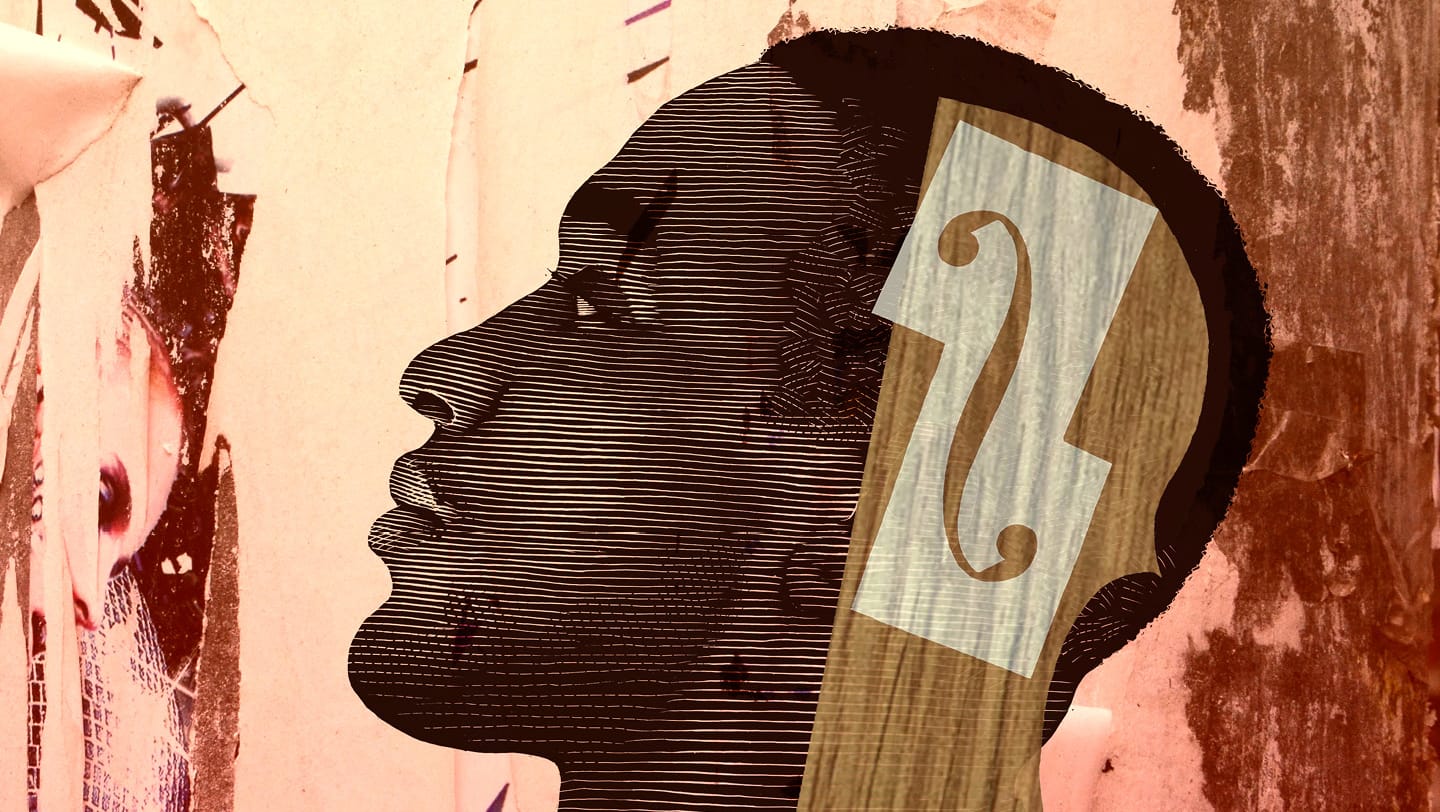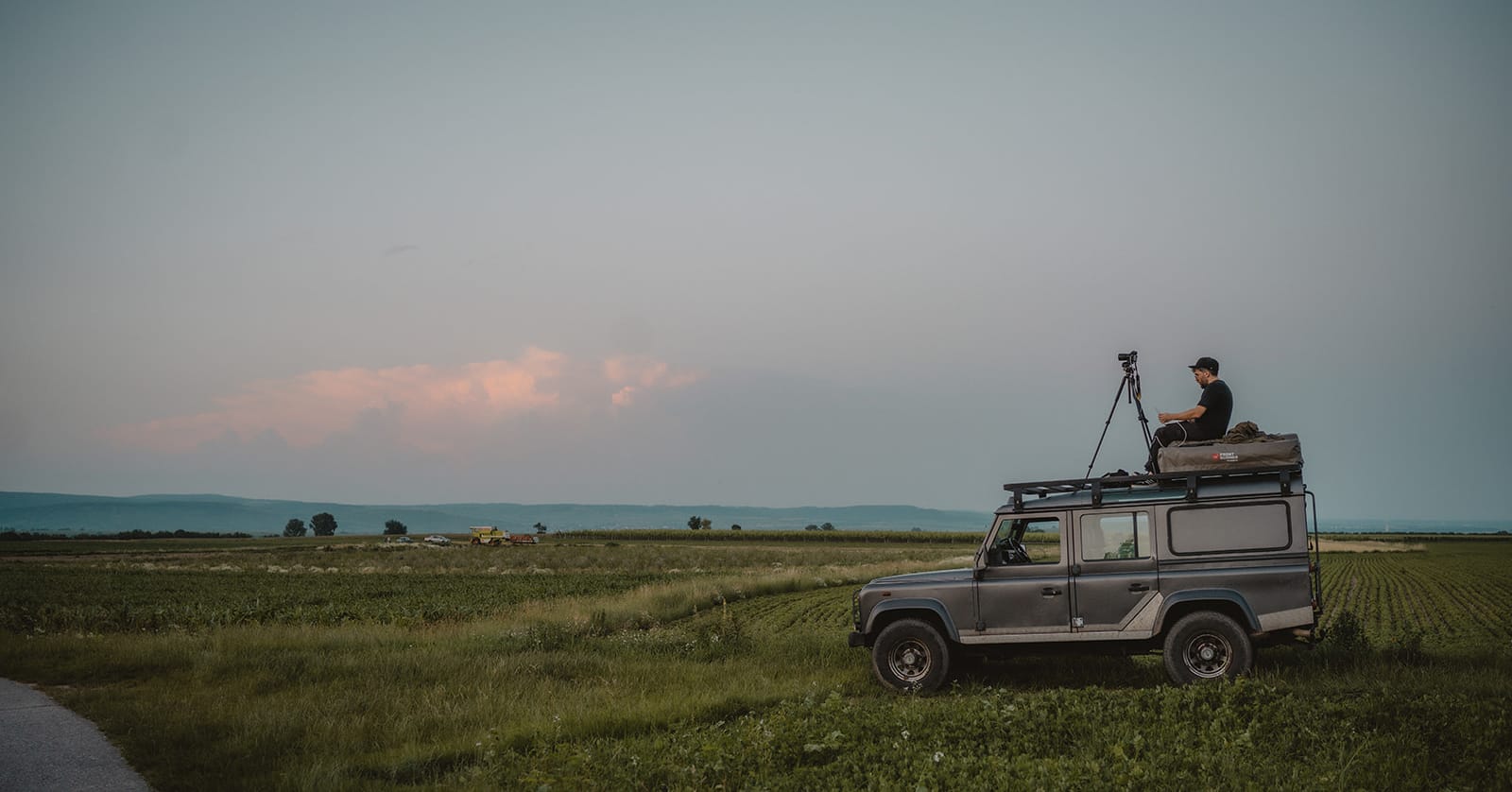As We Change the World We Drag the Old One With Us
Commentary from the concluding panel discussion at the half-day symposium “Babyn Yar, the Holocaust and Beyond: Architectures of Memory”, organized by Koffler Arts.

In support of Holocaust Education Week, on November 5, 2023, Koffler Arts organized the half-day symposium “Babyn Yar, the Holocaust and Beyond: Architectures of Memory”, which invited a range of speakers to expand on themes explored by the exhibition, “The Synagogue at Babyn Yar”, now showing at the Koffler Gallery.
Speakers at the symposium included architect Manuel Herz, whose synagogue is the subject of the Koffler’s Babyn Yar exhibition; architectural historian Robert Jan van Pelt; York University professor Shelley Hornstein; artist Krzysztof Wodiczko; Marta Havryshko, a professor of holocaust pedagogy and antisemitism Studies; and holocaust studies researcher Anna Medvedovska. The symposium, which was hosted by the Daniels Faculty of Architecture at the University of Toronto, concluded with the panel discussion published below, moderated by University of Guelph professor Alexandra Karl.
This transcript has been edited for clarity and length.
*
ALEXANDRA KARL: I have a question for Manuel Herz. You said that you were embracing something more vulnerable and more playful with your design for the synagogue. I would like to know how you felt when you learned that the TV tower in Kyiv near Babyn Yar was struck by Russian missiles in the early days of the invasion. Do you really envision your synagogue as everlasting and permanent when we know how long history is?
MANUEL HERZ: It may sound bizarre to say this with hindsight, but I didn’t expect that the war would start. The horror of the war, of course, took over from the fear if the building would be damaged or not—it’s the people, the lives, that count.
Of course, I was relieved that the building had survived, but the terrors going on every day, less so in Kyiv now at the moment, but more so in the south, in the east, in the west of Ukraine... This is a tragedy. I mean, it’s all very close to me because I had spent so much time in Kyiv with friends, and our family is from the region. My wife is Russian. My grandmother was born in Belarus, close to Ukraine. I don’t know. It’s all so entangled. And some of this entangledness, now it’s been kind of cut into clear sides.
ROBERT JAN VAN PELT: I had a very immediate thought after the news came out of the attack on the TV tower near Babyn Yar. This was also the first time in the war that President Zelenskyy showed horror. I mean, he’s an actor, he played the role of a man who in some ways seemed to be able to cope with the situation. You know, he basically challenged the Americans, “We need guns, we don’t need to ride out.” But at the moment he heard about the attack on Babyn Yar, he showed incredible horror—like even that’s not sacred, talking about Putin.
My first thought was actually going back to the Odyssey, and Odysseus’ encounter in the underworld with Achilles. Of course, he asks Achilles the question, “You’ve had a life as a great hero, but you died very young. Would you right now be willing to exchange that life, that fame for a long life as a slave?” And he says, yes.
But for me, in some way, the issue that was at stake actually didn’t matter anymore. I think that the synagogue had inscribed itself so much already in history, and in our understanding of what is possible. I was there at the inauguration ceremony for the synagogue, and I had seen such incredible joy amongst former antagonists. The Catholic archbishop of Kyiv, the patriarch of the Ukrainian orthodox church, being like children with one of the chief rabbis in Kyiv. That, I thought, is something that will never be lost.
And so in some way, the amazing contribution of the synagogue is it has actually made itself unnecessary as a physical thing anymore. At least that is what I would argue, having written, of course, a PhD on a building, Auschwitz, that only existed a very short time, but is still impacting us today.
HERZ: To add some things, one which is very important, the building is not an art installation, the building is a building. So ideally, though nothing is ever permanent, it is long lasting. Yes, maybe it’s already served a large part of its purpose, but ideally it’s long lasting.
And the other thing that went through my head, this notion that Zelenskyy spelled out very beautifully, have we not learned anything from the past? If we, even today, attack Babyn Yar again, have we not learned anything? And that is totally right.
On the other hand, maybe it’s quite European that war comes back again and again and again to the same place. This is European history. Unfortunately, and maybe tragically, war revisits the places where it has taken place before.
KARL: What are your thoughts on that, even after 80 years of relative calm, relative peace? Is there any escape from that cycle?
JAN VAN PELT: I would like to add an observation by one of the two chief rabbis of Kyiv. The day before we had the commemoration, I had the pleasure of meeting him at his own synagogue in downtown Kyiv. There were four police cruisers in front of the synagogue. There was one armored car, and there was a gate where we basically were X-rayed to get inside. And then we were in a zone of safety.
So we were talking and I said, you know, I’ve been somewhat involved in the synagogue at Babyn Yar, and he said, “This is a magnificent place.” He’s been here for 20 years, comes originally from Brooklyn, and in, what was it, four months, five months, he says this new synagogue at Babyn Yar has done more for relationships between Jewish Ukrainians and non-Jewish Ukrainians than his work has done in 20 years.
And what is that the reason? It’s because there is no boundary, there are no police cruisers. There is no checkpoint or physical security. The synagogue at Babyn Yar is open. And this means that actually people are starting to talk, they’re asking questions about what they see. He said, “In my synagogue I’ve never been able to even start this. Because the boundary at the beginning is too high, because of our need to feel a sense of security.” Which, of course, is justified.

AUDIENCE MEMBER: With the trend to toppling monuments and revisiting history, Krzysztof, how do you translate that in your thought and practice?
KRZYSZTOF WODICZKO: I just hope that monuments can become sites of discourse, without using violence and destruction. Some kind of dialogue. It doesn’t mean that tough differences cannot be expressed. I just opened a memorial in Warsaw, a permanent memorial to the Warsaw Uprising—not the Warsaw Ghetto Uprising, but the one that happened a year after 1944.
This memorial is based on the projection of flames in an interior space. Each flame is moving, accompanied by testimonies; when there is a person speaking, the flame follows the rhythm of speech. So, in fact, people are saying things as part of this memorial. They’re speaking, and they speak of very different perspectives, points of view, on this uprising.
One person is saying, actually it was a crime to stage this uprising because it was a massive suicide, with no possibility of winning against a highly equipped German army. Another person is saying, “No, it’s not for us to judge.” Another person says, “It’s the next generation that has to judge.” Some other person is saying that they would’ve been wiped out anyway, because the Nazis were preparing themselves for it to happen.
What I’m saying is that a memorial can be discursive. I'm actually surprised to see this new memorial so far has not met with any vicious criticism. Maybe I’ve done something wrong, maybe there should be more criticism of this work. But I am surprised that people are ready to accept a multiplicity of positions, of points of view, on an event that is so close to heart to people, especially in Warsaw. It’s a counterpoint to the kind of chauvinistic, nationalistic approach of the Warsaw Uprising Museum, which was built by the Polish government. The monument that I designed was built by the city of Warsaw.
You know, there’s nothing I can do if a mass of people want to destroy a monument. But I think there is an alternative to this, to really engage in discourse. On some occasions, it’s possible to engage those monuments in non-violent discourse. This is my hope, that we have a civilized relationship to the past and learn something from it, and think of the complexity of even those people who were maybe hypocritical. Are we all so clean and clear? Changing the world, we’re dragging the old one with us. We cannot ever change as quickly as we want the world to change, and hopefully we participate in the change.





